The United States spent much of the 1930s in deep economic turmoil. The onset of the Great Depression had decimated the American working class, her industrial capacity languished, and there was no political will to engage with the world. Luckily, the inauguration of Frankin Delano Roosevelt in 1933 marked a turning point in the American economy. He spent much of his time delivering on campaign promises to create a New Deal for the millions that languished in unemployment, which resulted in the construction of new civilian factories through 1938.
The explosion in available consumer goods helped the American economy to recover, but it also enabled the American people to respond to the threats across either sea. Fascism had arisen in Germany, Italy, and Japan. While the American people did not want another war, some in the Administration felt that there was no choice.
The threat was coming, and the U.S. had to be ready.
Rebuilding The Nation
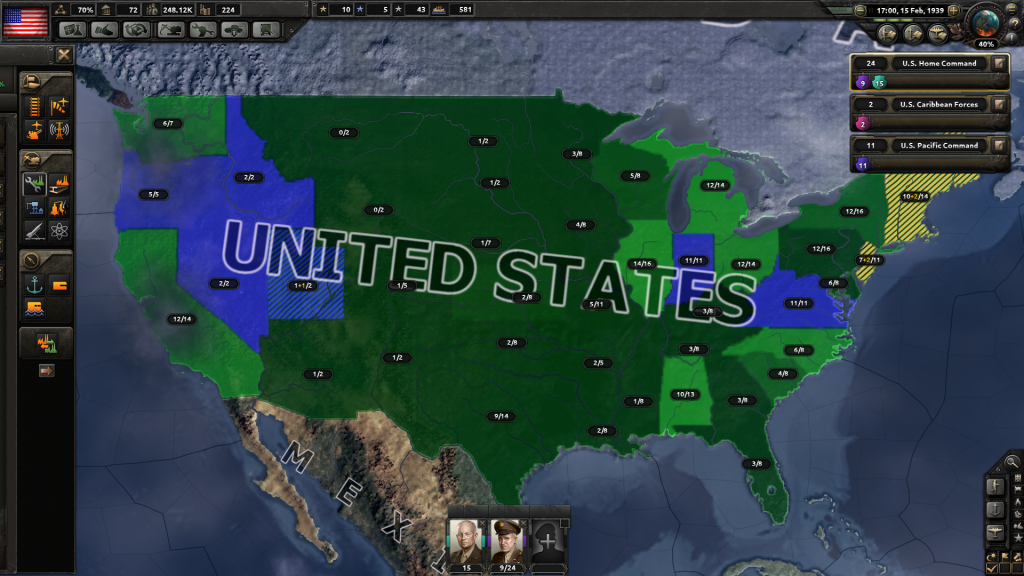
The President and the Administration focused most of their efforts on rebuilding the nation’s industrial power. His policies angered many senators from the South and Central U.S. They would not truly benefit from these policies until the middle of the 1940s.
While the U.S. began to work towards engaging the rest of the world, it focused on engaging in diplomacy with its’ neighbors. There were whispers that the Nazis or Italians were looking to gain a foothold in the Americas, but the two powers denied such activities publicly. In response, FDR instructed his Secretary of State to open up further trading and diplomatic ties with every American country. While Canada and Mexico were quite welcoming, the President used the negotiations in Central and South America to slip in spies. In 1995, the declassified reports revealed that his agents were initially tasked with supporting the democratic parties in the region.
American Power and Influence
While the U.S. had a publicly stated policy of neutrality, American agents switched their operational focus. Covert operations began in Bolivia and Brazil to support the underground resistance. Some of the limited factory capacity of the nation covertly delivered arms and supplies to democratic rebels in those two nations, culminating in two civil wars in June of 1939.
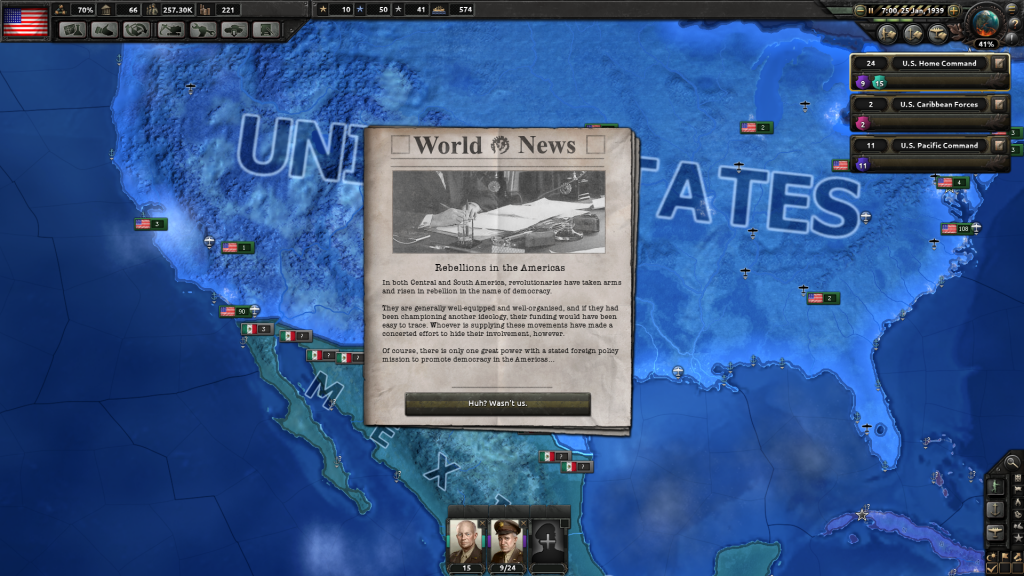
The concerns of the Administration became cause for alarm in June of 1939, but the U.S. denied all knowledge.
The U.S. moved troops to the south, but no active policy proposals were submitted to Congress. Some in the Administration believed that the public would not be pleased with an intervention into other nations. However, FDR used the conflicts as an excuse to begin mobilizing the nation. In early 1939, Congress passed a peacetime draft and war production policies.
Operation Thunder continued without much trouble until the fall of 1939. While the Brazilian rebels gained ground, the U.S.-backed rebellion in Bolivia began to fail. FDR feared that the war would be lost in Brazil. In response, he instituted a policy of Lend-Lease and formally recognized the democratic government.
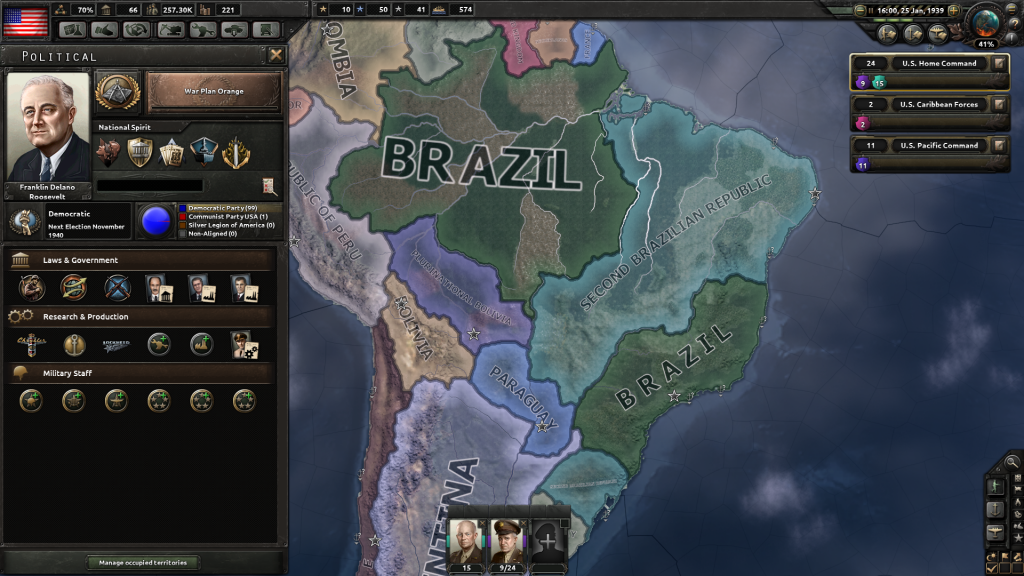
The Brazilian Civil War succeeded, but the Bolivian one failed to achieve its’ stated goals. President Roosevelt was displeased with his intelligence officers.
Operation Sledgehammer
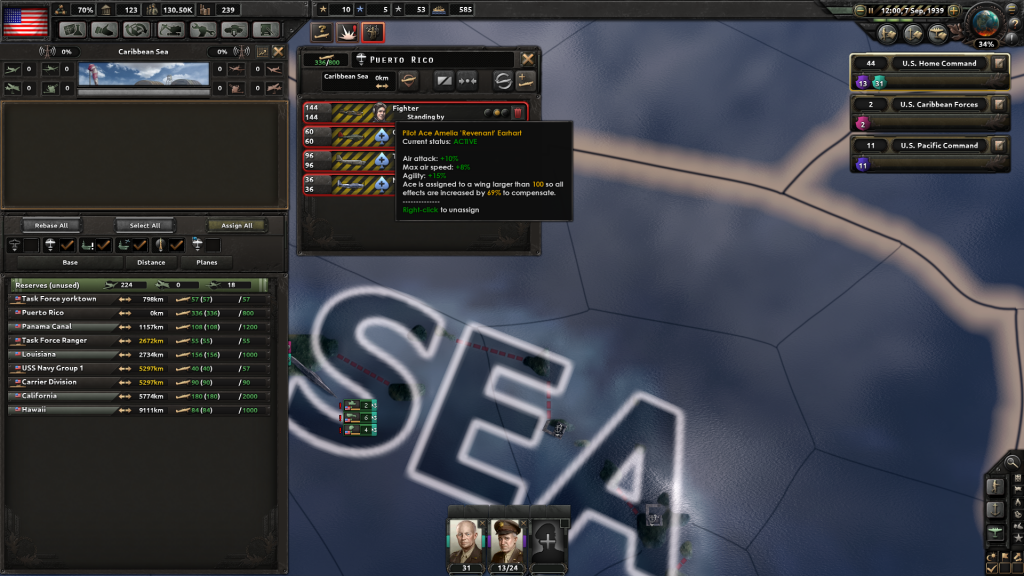
Amelia Earhart led the air assault on Venezuela as twelve divisions landed in the eastern half of the nation.
The concerns over fascism became cause for alarm when Italy and Japan had begun negotiations with Venezuela. The world thought that the diplomatic talks were over trade. However, American agents soon discovered that Italy planned to create an air and naval presence to check U.S. power. The spies continued to gather intelligence on the crisis, leading FDR to believe that war was inevitable.
Many in Congress had shared FDR’s fears, but only agreed to a limited intervention in Venezuela. The American public had no appetite for an extended and bloody war, but little did they know that one worse than anyone could have imagined was on the horizon.
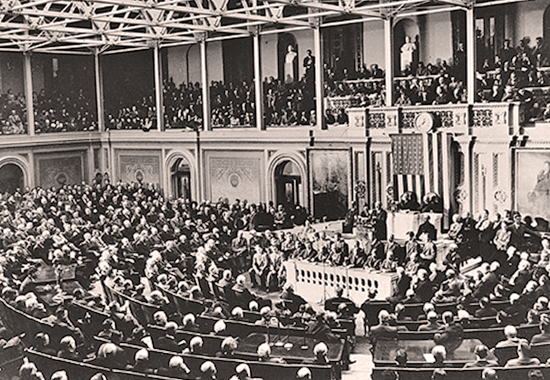
“In response to this act of wanton aggression, I ask that the Congress declare a state of war.” – Franklin D. Roosevelt, August 22nd, 1939.
The Declaration of War passed in Congress by a margin of 355-34 in the House and 72-10 in the Senate. Angry protests were quelled when Italy and Japan declared war on the United States. For the second time in 25 years, the United States was at war. Only this time, it would be on two fronts. While Italy threatened the French and British Empires, the European Allies remained neutral as twelve American divisions landed in Venezuela. Commanded by General Dwight D. Eisenhower, twenty-five U.S. divisions shattered the fascist defenses by the beginning of 1940.
Meanwhile, tensions over the Danzig region of Poland led Nazi Germany to declare war, drawing France and the United Kingdom into the conflict. British Prime Minister Neville Chamberlain asked FDR to declare war on Germany, but Hitler had already done so to the U.S. While America landed in North Africa, Poland and France had completely collapsed to the Nazi blitz. Prime Minister Chamberlain resigned in disgrace, but Lord Halifax soon replaced him.
The Second World War had begun…
Check Out Part 2!
If you like what you see here, consider buying Hearts of Iron IV by clicking on the links in the sidebar or below. It’s a great game!
Hearts of Iron IV Copyright © 2016 Paradox Interactive AB. www.paradoxplaza.com
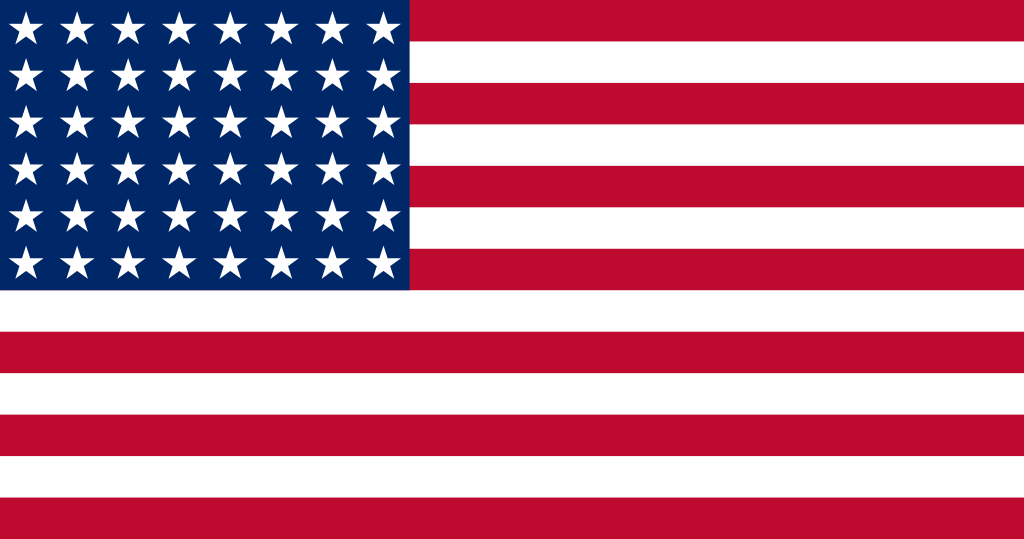
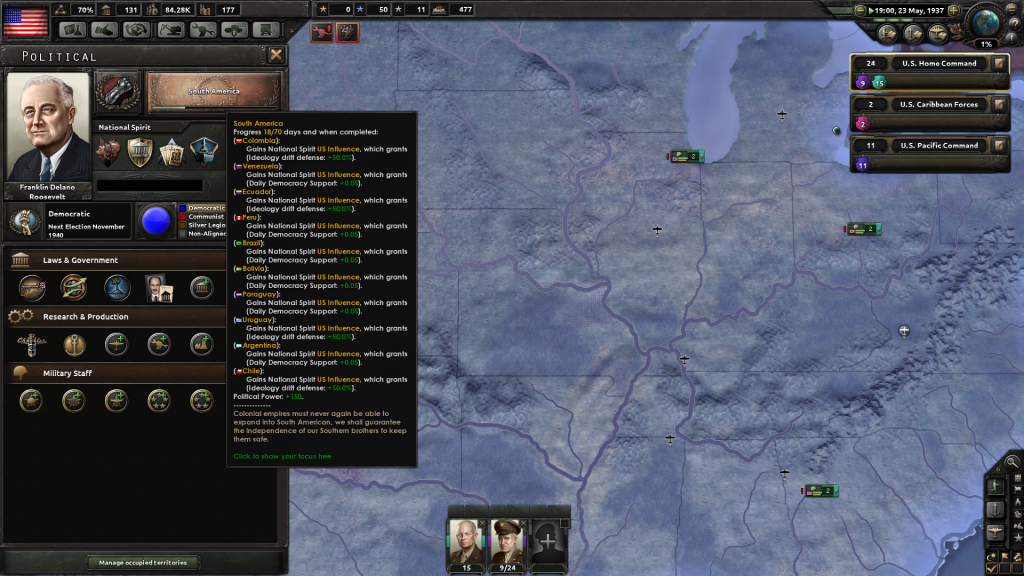
No Comments Yet